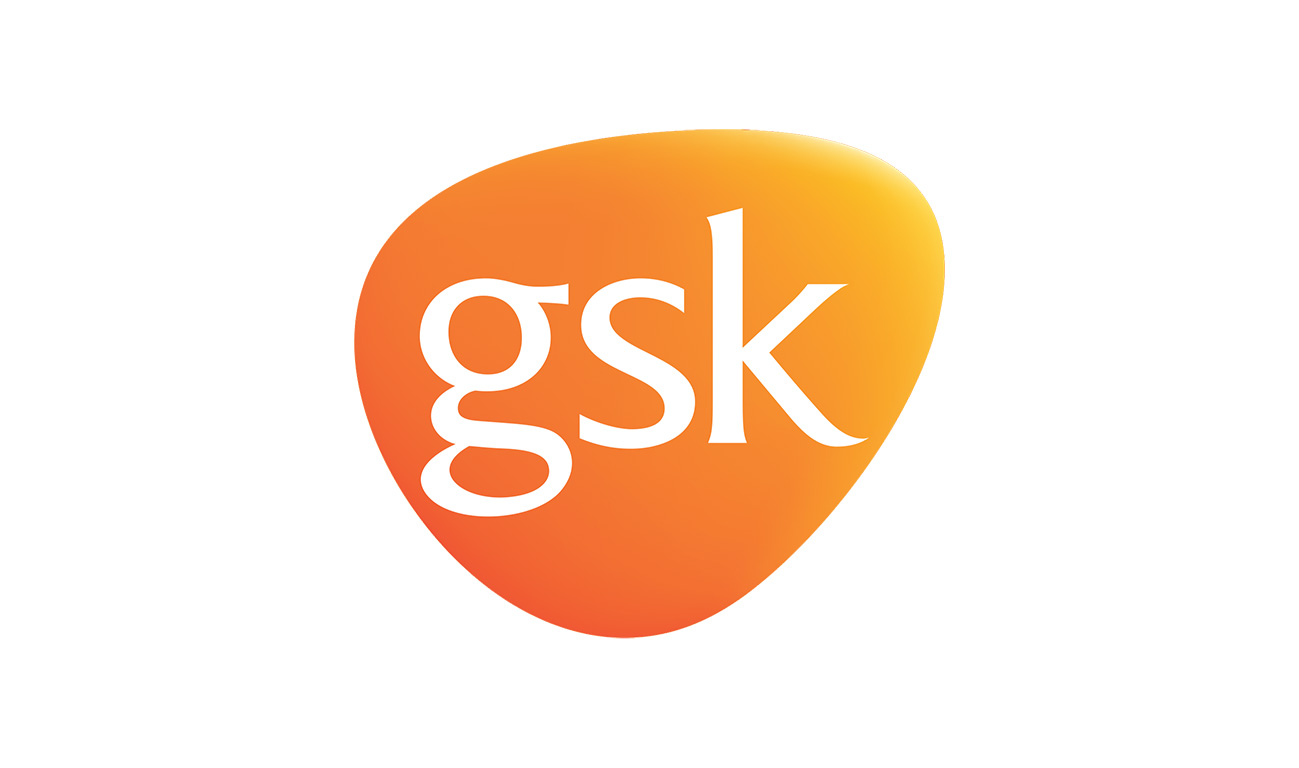Finding Better Ways to Prepare for Future Health Threats
Finding better ways to prepare for future health threats
Ebola, Zika, SARS and the return of avian flu to the headlines recently are reminders that the threat of a new epidemic is never far away. With increased air travel and populations on the move, it doesn’t take long for a virus to spread between countries and jump across continents, with potentially catastrophic results.
Vaccines are a very effective way of preventing infectious disease but they take many years, sometimes decades, to develop. Waiting for an epidemic to start means a vaccine will almost inevitably arrive too late.
Cue CEPI – the new Coalition for Epidemic Preparedness Innovations which brings together governments, funders and pharmaceutical companies under the banner of outsmarting epidemics. CEPI aims to galvanise efforts to get new vaccines developed and manufactured against potential threats before they happen – acting as a kind of insurance policy against epidemics.
But how do we know where to start? Well as leading health experts already have a long list of known pathogens with the potential to cause an outbreak; it is just a matter of prioritization. They range from the familiar (flu) to diseases that seem consigned to the past (plague) to emerging new infections (Hendra virus).
With input from world leading infectious disease experts, CEPI has prioritized three initial targets – MERS-CoV, Lassa and Nipah. The idea is to get at least two promising vaccines for each developed, then start work on the next ones-building a bank of technologies and vaccines that can be made available if and when an outbreak starts.
Critical to the success of CEPI is the collaboration of experts and companies in vaccines development and manufacturing. In December, I was in the US to open GSK’s newest vaccines facility in Rockville. It is here that we hope to be able to create our Biopreparedness Organisation (BPO), a dedicated and permanent facility that would use our scientific expertise and technologies to develop vaccines against emerging infectious diseases.
The beauty of the dedicated BPO model is that it could help us avoid the disruption we experienced with Ebola –so we can continue to deliver 2 million doses of vaccines every day, whilst we discover and accelerate the development of new ones.
We’re already looking at how we can use cutting edge technologies in Rockville to expedite vaccine development. One of our most futuristic approaches involves synthetic vaccine technology called Self-Amplifying RNA or ‘SAM’. SAM uses an individual’s own cell machinery to trigger the vaccination process. It’s still early days for this technology but if successful, SAM-based vaccines could be much quicker and more efficient to produce, offering us the potential for an accelerated response to epidemics.
The combination of breakthrough science, collaboration, funding and a shared sense of urgency gives cause to be optimistic that we can learn the lessons of history and make significant difference to our ability to respond to avert future threats.

